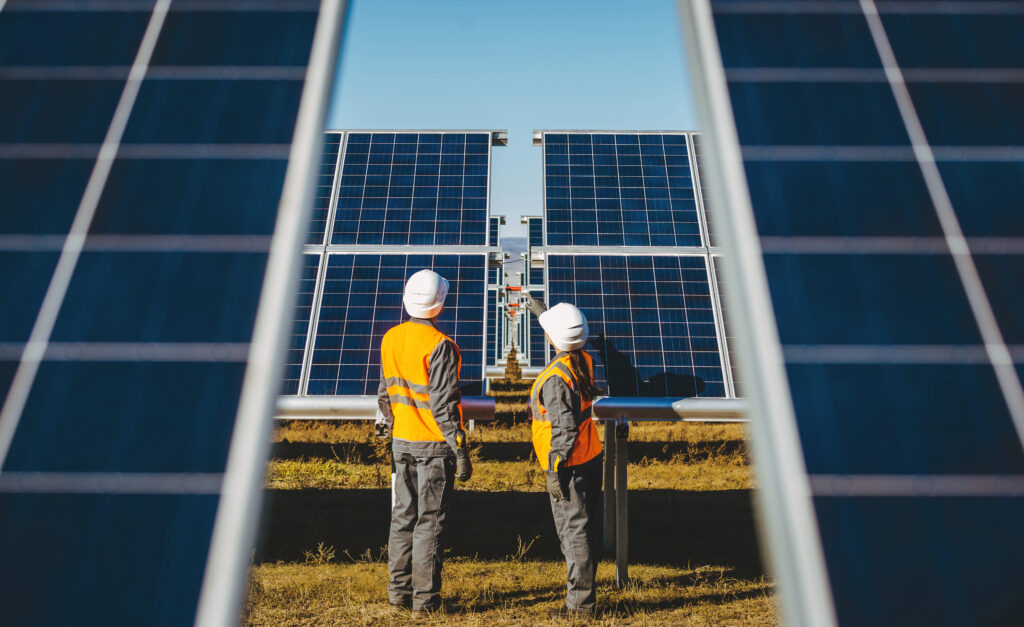Sustainability is under the spotlight like never before. Rightly, this brings scrutiny from campaigners and challengers to ensure that change, and not greenwash, is at the fore.
A recent New York Times article (published on June 12, 2022) covers some of these challenges, but does not cover the broader discussion of what is needed to drive the apparel industry forward, with solutions that can create real transformation. Therefore, we want to take the opportunity to address certain inaccuracies in the article.
Stating that the Higg MSI favors synthetic materials over natural ones is incorrect. It does not favor synthetic over natural fibers, and it was not designed to compare the two. The purpose of the MSI is to show designers and developers where environmental hotspots are in the production of a material, by breaking down impact categories such as Greenhouse Gas Emissions. The SAC’s communication guidelines for brands specifically prohibit brands from making comparisons across material types.
Product designers and LCA experts use the dataset to make more informed decisions about how to improve the impact of a material they have chosen for a product (e.g. by comparing the impact of different spinning, knitting, dyeing and finishing processes), rather than as a generalized measure of the sustainability of a material.
Stating that the Higg Index could be used as a benchmark for the EU’s ‘Substantiating Green Claims’ legislation is incorrect. The SAC did not apply for the Higg MSI to be included as part of the EU database that will underpin their legislation, and has no plans to do so in the future. However, SAC is developing the Higg Index to align with the EU datasets and databases as they develop to facilitate industry-wide compliance with the anticipated regulations.
To suggest that LCA tools should not be used at all risks paralyzing the industry and hindering progress at a time when action must be accelerated. This would result in brands, manufacturers and consumers having less access to robust and credible data to inform their decisions, and instead, promote disparate and potentially less credible data sets.
It would also impact small to medium enterprises most heavily, widening the playing field at a time when collaboration and standardization amongst companies of all sizes across the value chain is needed most to drive true impact. Ultimately, the aim of the Higg MSI is to collate the best-available data, backed by science and independently reviewed, to enable better informed decisions at all stages of the value chain.
What is crucial is the pressing need across the industry to close the data gap, which can only be done through collaboration. We strongly appeal to all parts of the materials industry to invest in deeper data on materials’ environmental impact – and to share that data across with each other. Collaboration is the only way we can accelerate progress on climate issues and provide the best possible data to enable businesses, policymakers and customers to make informed decisions.
While we of course recognize the need for data sets to continuously evolve and grow – this will always be an ongoing task – we are confident the tools we provide to members are effective in achieving what they have been designed to do – enable a benchmark for continuous improvement and the lessening of environmental impacts.
We will continue to work to find common ground with all parties, because our focus, like theirs, is ultimately to improve the environmental impact of our industry. We live in a climate emergency and it will take all actors from across the value chain to drive change. This is what we were set up to achieve, and what we remain ardently committed to.
Amina Razvi, CEO SAC








